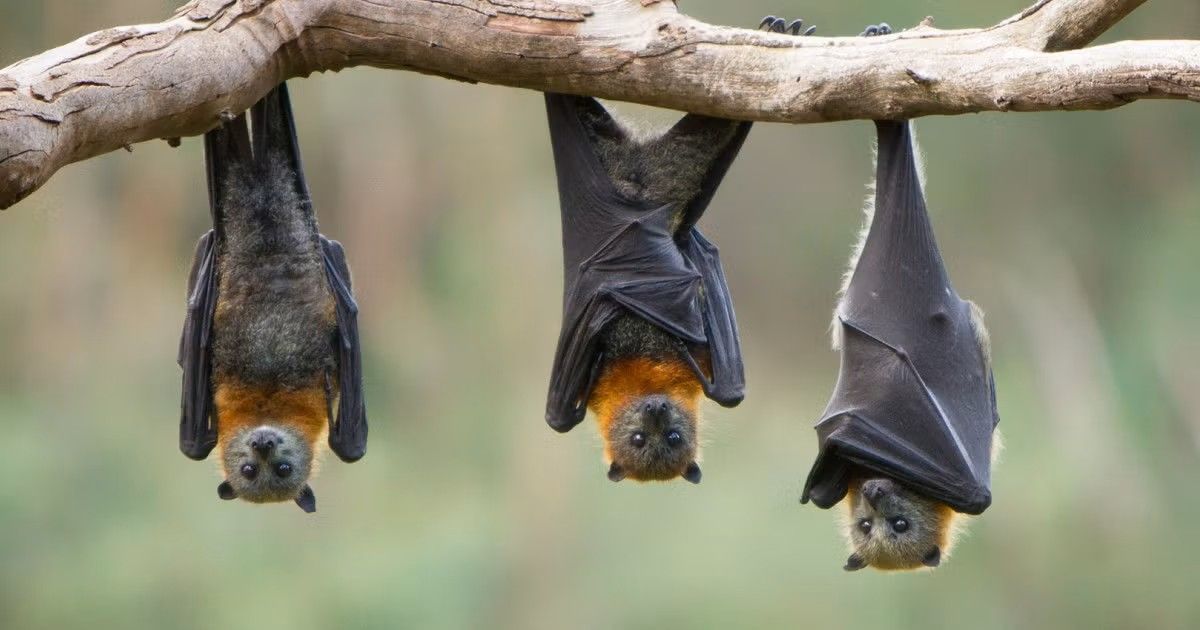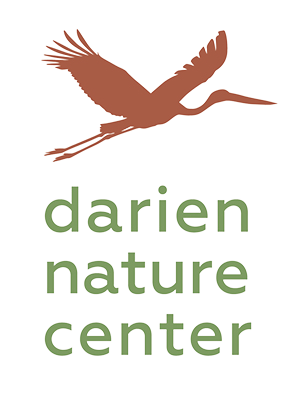
The Hidden World of Bats
by Molly Robertson, Program Director
My husband and I are downsizing, and I am excited to have a smaller house, yard, and the opportunity to live closer to the water. Strangely enough, one of the things I will miss is the little bat family that has lived in the gable vents of our house for many years. When we had our house painted, I asked them not to disturb the attic vents to avoid disrupting the bat family. After sunset, I love to watch them fly, swooping and diving, silently catching all sorts of bugs. I should say silent to humans, as echolocation is at ultrasonic frequencies well above the 20 MHz upper limit of human hearing. Bats use echolocation to find food and navigate in the dark. Each bat has its own unique call that it will recognize when sound waves bounce off an object or bugs and return to its ears.
Bats are flying mammals in the order Chiroptera, which means "hand-wing". If you look at the diagram below, you can see that the bat's wing is similar to the human arm and hand with a thin, flexible membrane stretched between the fingers. Connecticut is home to 9 species of bats; all but one of our native bats are insect-eaters. The US Geological Society estimates that bats save farmers $ 3.7 billion annually on pesticides by controlling insect populations on crops. I avoid using pesticides on my property, so I am happy to see these winged insectivores gobbling up the mosquitoes in my yard. Bats are also essential pollinators, and without them, we would not have bananas, avocados, or mangos. Unthinkable! There is so much that is unique and fascinating about bats, and their role in nature is essential. Before 2007, the big brown bat and the little brown bat were the most abundant species in Connecticut, but white-nose syndrome, a deadly fungal infection, devastated most of the state's populations. The fungus grows while bats are hibernating, causing them to wake frequently in the winter when no insects are available. Consequently, the bats use up their fat reserves and do not survive the winter. Learn more about WNS here: White Nose Syndrome. I hope the young family moving into our home will appreciate our little bat family and the work they do keeping the mosquito population low. Once you understand how helpful and unique these little flying mammals are, you can't help but be mesmerized by their nighttime aerobatics.
I didn't always consider the impact of changes to my property on wildlife. I now understand that when homeowners cut down trees, change their landscaping, rake leaves, use fertilizers and pesticides, or sometimes even paint their house, it can cause disruption and habitat loss to many of Connecticut's wildlife. If you love nature and are making changes to your property, pause to consider how these changes will impact the wildlife around you. The world lost an exceptional, optimistic champion of nature with the recent passing of Jane Goodall. To quote Jane, "What you do makes a difference, and you have to decide what kind of difference you want to make."

